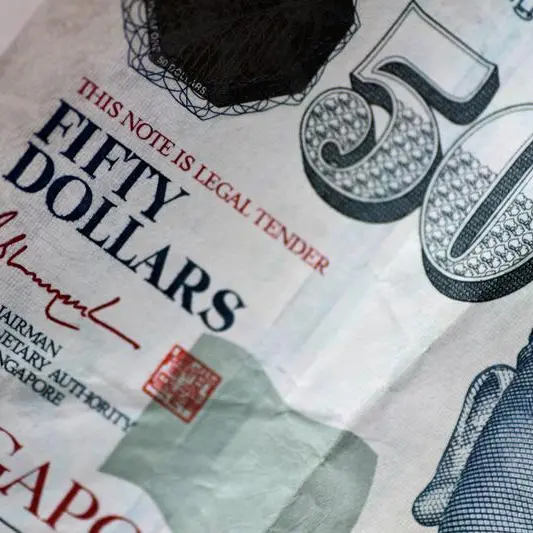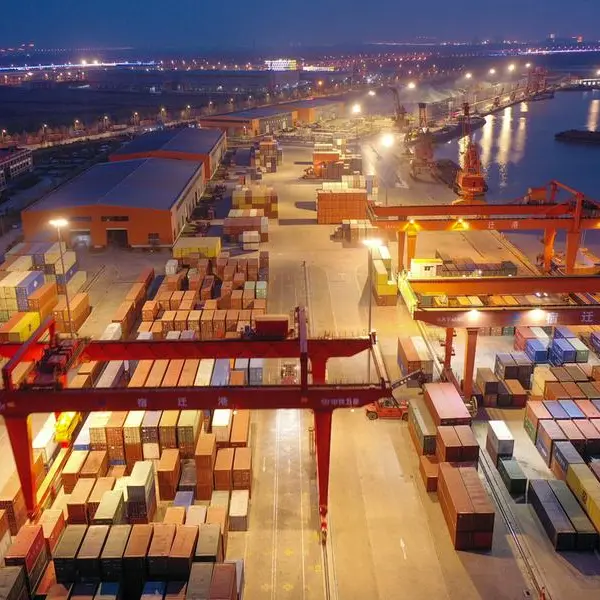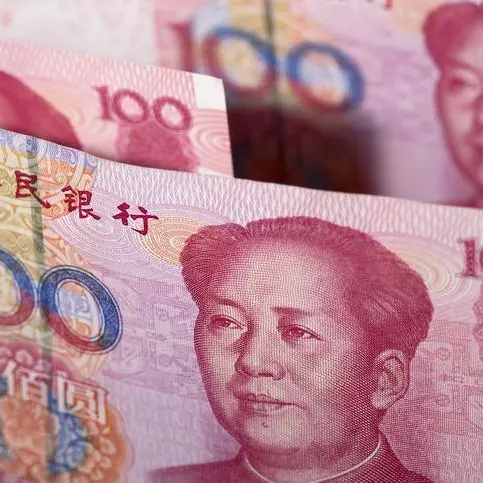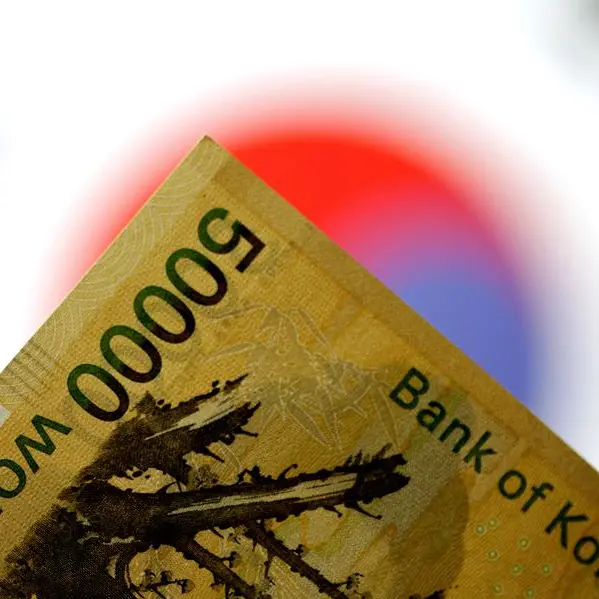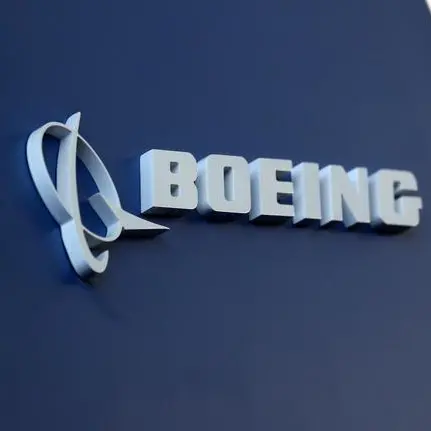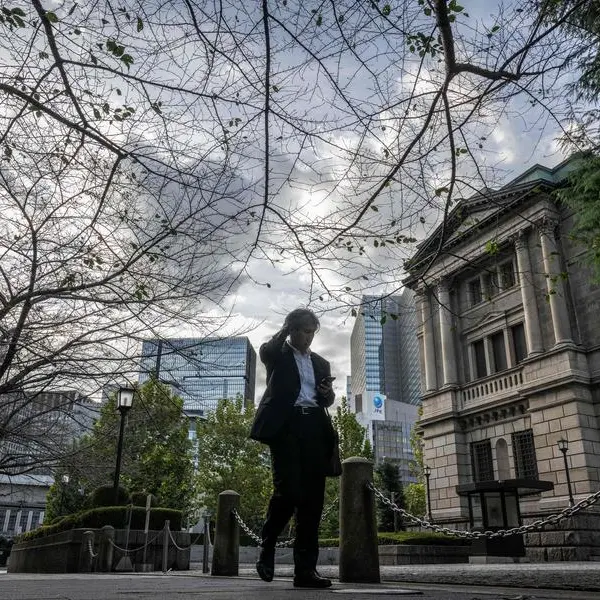PHOTO
Australia chastised China on Tuesday over its "unacceptable" behaviour in international airspace, accusing a Chinese warplane of firing flares in the path of one of its navy helicopters.
A Chinese fighter jet "intercepted" the Seahawk helicopter as it flew a UN sanctions surveillance mission above the Yellow Sea on May 4, Australian defence officials said.
The jet detonated flares across the helicopter's flight path, officials added, in an "unsafe manoeuvre" that put the aircraft and its crew at risk.
"We have made very strong representations at every level to China about this incident," Australian Prime Minister Anthony Albanese told reporters on Tuesday.
"I can't speak to the motivation of what's occurred here. I can say, though, that it's unprofessional and unacceptable."
The Australian helicopter had been despatched from the HMAS Hobart destroyer, which was sailing through the region as part of United Nations efforts to target North Korean smugglers.
"Australian Defence Force personnel were going about their job in international waters and international skies," Albanese said.
"[They] should not be at risk while they're doing that."
Beijing has so far remained tight-lipped about the mid-air incident.
It is the latest in a string of incidents between China and its rivals in the increasingly contested airspace and shipping lanes of Asia.
A Chinese destroyer was last year accused of bombarding submerged Australian navy divers with sonar pulses in waters off Japan, causing minor injuries.
The divers had been sailing on an Australian navy frigate -- the HMAS Toowoomba -- tasked with supporting sanctions enforcement efforts in Japan's exclusive economic zone.
- 'Provocative' actions -
China's foreign ministry insisted at the time that its military "always conducted professional operations in accordance with international law".
Upping the ante less than two weeks later, Australia's navy sailed the same warship through the sensitive waters of the Taiwan Strait.
Beijing labelled that voyage a "provocative" action that could "create trouble for peace and stability".
China and Australia have been patching up their once-close trading relationship after years of bickering and tit-for-tat reprisals.
Albanese made a breakthrough trip to Beijing late last year, hailing the progress as "unquestionably very positive".
But tensions remain when it comes to security, as Australia draws closer to the United States in an effort to blunt China's expanding influence in the Asia-Pacific region.
China's number two official, Premier Li Qiang, is due to visit Australia for bilateral meetings in June.

